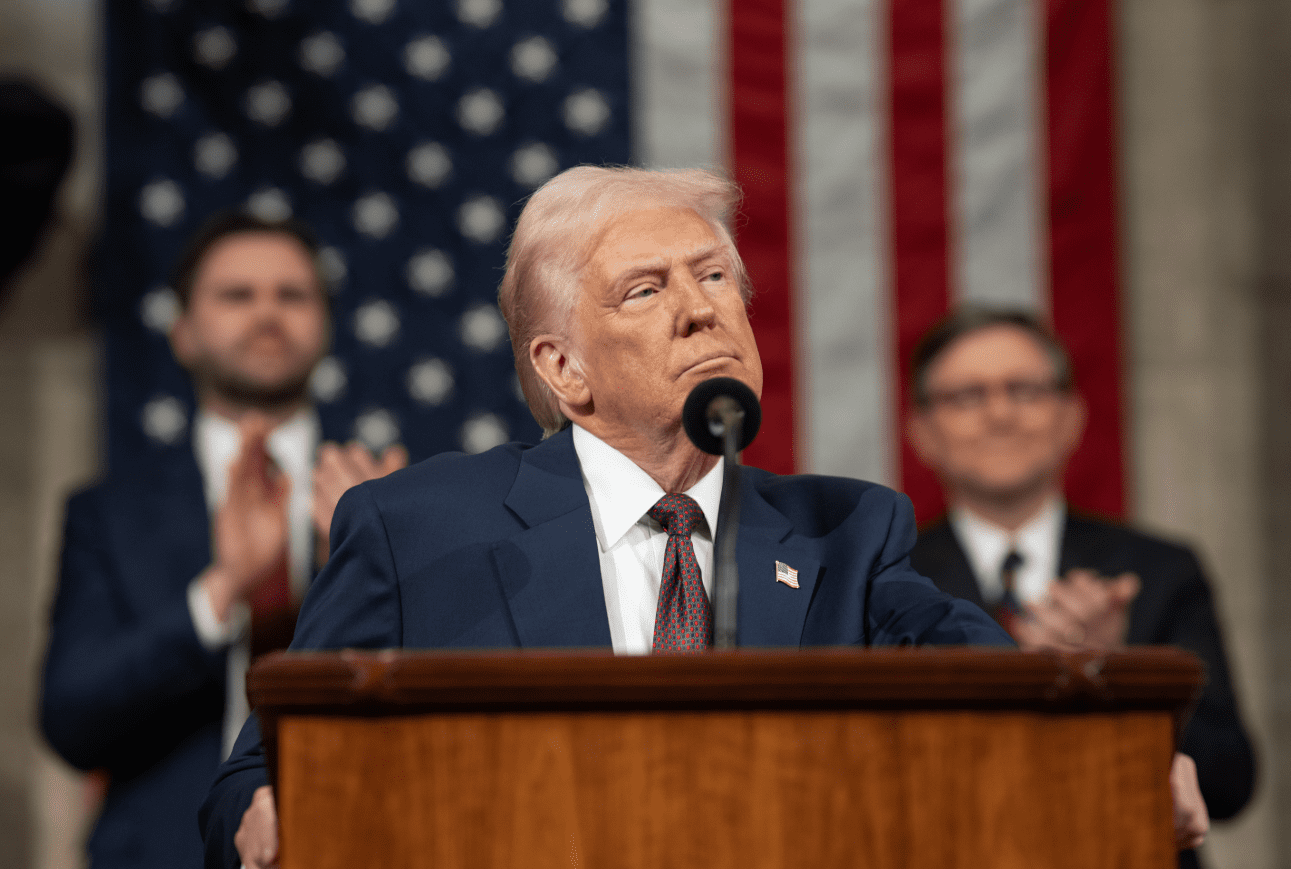
Elon Musk, founder, CEO, and chief engineer of SpaceX, CEO of Tesla, CTO and chairman of Twitter, Co-founder of Neuralink and OpenAI, at VIVA Technology (Shutterstock)
Watching football on Saturday, I saw several political advertisements representing the 2017 Tax Cut & Jobs Act (TCJA) as “tax cuts for billionaires.” Top hat and monocle billionaires are an easy target. There are few of them and they have stuff most of us don’t. Darn envy.
President Joe Biden, and his chosen heir, routinely argue that “rich” people “need to start paying their fair share.” But what’s the truth about the TCJA and America’s tax code in general?
For starters, the TCJA cut taxes across the board. The law, which is due to expire in 2025 unless it is extended, basically doubled the standard deduction. This means that a married couple filing jointly will pay no income taxes on the first $29,200 of income. The law also reduced tax rates up and down the income scale. Even the New York Times conceded the TCJA resulted in tax breaks for most people — not just billionaires (Face It, You Probably Got a Tax Cut).
In fact, higher income earners took on a greater share of the tax burden as a result of the TCJA. Prior to the law passing, the top 10 percent of earners paid roughly 70 percent of all federal income taxes. After passage, the same group pays 76 percent of all federal income taxes.
The group’s tax liability far exceeds its share of adjusted gross income and even its estimated share of accumulated wealth.
The idea that higher income earners are not paying their fair share, while popularly held, is utter nonsense. Not only do higher income earners pay the overwhelming majority of taxes collected at all levels of government, but low income earners receive the overwhelming benefit of those taxes in government transfer payments.
(You can calculate how the expiration of the TCJA would impact your income tax liability HERE).
Janky Math
Critics of the TCJA sometimes base their claims on the idea that high income earners received the largest cuts measured by dollars. This argument is disingenous, or at least math deficient. To begin with, a considerable portion of our population — roughly half — pay almost no income taxes. More than 40 percent have negative income tax liability, meaning they get “refunds” that exceed their total income tax liability.
When half the country is already paying nothing, giving those folks a tax cut is hard.
On the flip side, if a group is already paying an awful lot, say the vast bulk of taxes collected, even a small percentage cut can represent significant dollars. A more accurate measure is to look at the reduction in average income tax rates across income brackets.
The TCJA resulted in a 5 percent reduction in average income tax rates for the top 1 percent of earners. By contrast, it resulted in a 15 percent reduction in average income tax rates for the bottom 75 percent of earners.
Again, the share of income tax liability for high income earners increased after the TCJA.
Tax Collections Only Part of the Equation
The Tax Foundation’s analysis of federal, state and local income taxes found that the top quintile (20 percent) paid $3.23 trillion in taxes nationally. The bottom quintile paid $142 billion. If you are doing the math, that’s a 22X difference.
Even that gap is misleading, though. Because government does not only collect revenue, it redistributes it. The overwhelming beneficiaries of this redistribution are no-to-low income earners. According to The Tax Foundation, the poorest quintile of households received net government transfers of $1.27 for every dollar earned — an income tax rate, on average, of negative 127 percent. Individuals in the second quintile are also net recipients of government transfers, with an average negative tax rate of 31 percent.
The Congressional Budget Office performs a similar analysis in its publication “The Distribution of Household Income.” The CBO looks at the net effect of both taxes and government benefits on income. This holistic analysis shows who actually pays and who actually receives.
The net effect of taxes and government benefits to the lowest quintile of earners in 2020 was a $23,900 (or 110 percent) increase in income, on average, to $45,800. The net effect of taxes and government benefits to the highest quintile of earners was an $82,100 reduction in income.
In short, no-to-low income earners receive exponentially more in government benefits than they pay in taxes. And high income earners pay the taxes that afford those benefits.










